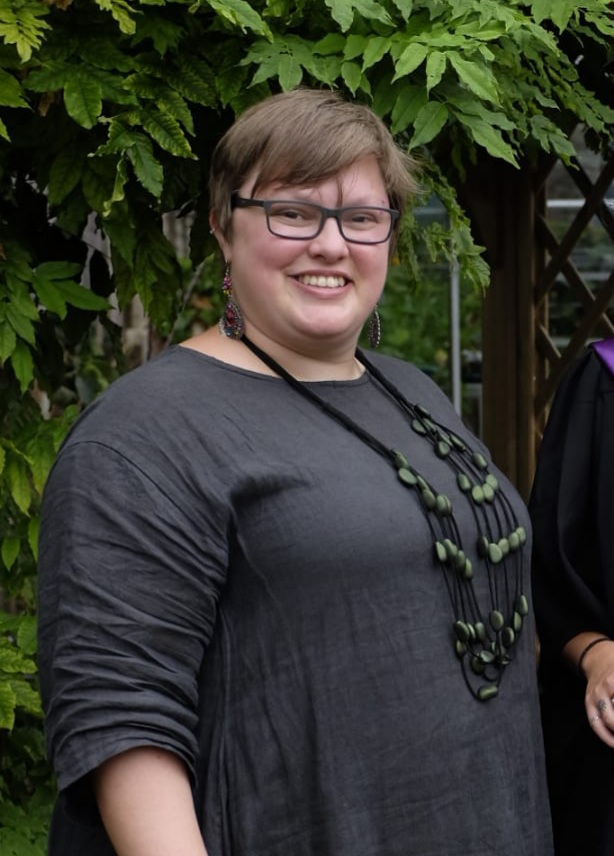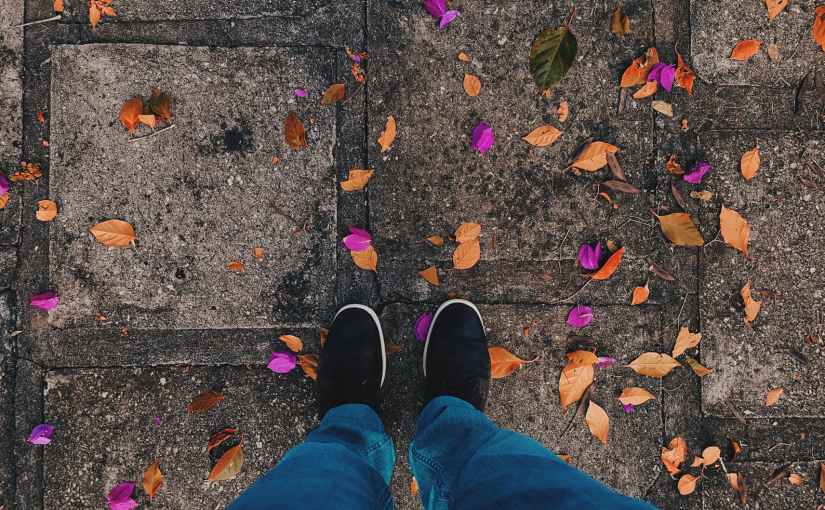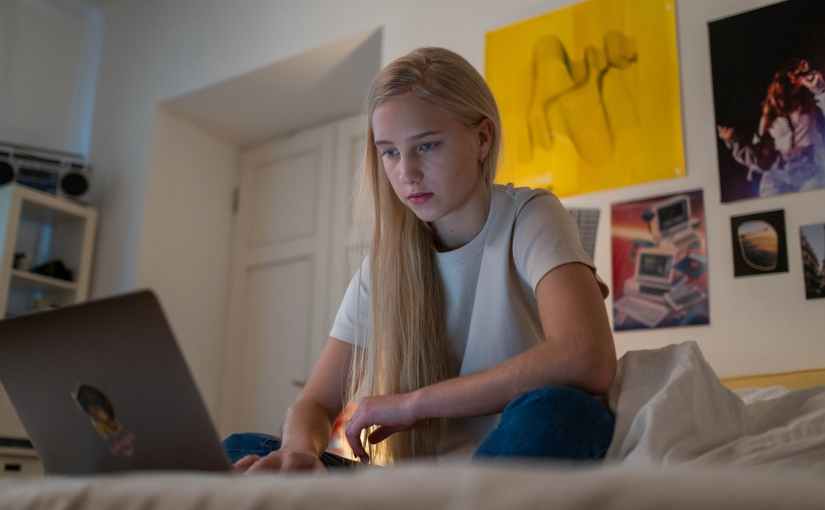
by Katie Munday (they / them)
I have always felt misplaced, misunderstood and confused. When I realised in my mid-twenties that I was Autistic things started to make more sense to me, but it wasn’t the whole story. After my diagnosis and all the ‘a-ha’ moments which came with it, I could finally get down to the business of sorting out my gender and sexuality.
There has always been a butch quality to me, even from a young age. New people often mistook me for male, especially with my short hair, baggy shirts and skater jeans. The activities I enjoyed the most were considered boys activities; wrestling, horror films, scouts, den building and skating. I always hung around with boys, we spoke the same language and we liked the same things.
When we became older teenagers everything got more complicated, most of the boys began fancying girls and I did too. I didn’t feel the same way about girls as I did boys – I liked them, I fancied them, but they also confused and horrified me. We had the same bodies but none of the same mannerisms, we very rarely liked the same thing – I didn’t want to talk about make up and boys and they didn’t want to skate or go to heavy metal gigs.
Everyone kept telling me I was a girl, but I also liked girls – so was I gay? I liked boys too, but they were mostly my friends. Everyone seemed to be unavailable to me romantically – they were just too confusing and contradictory, and I couldn’t keep up with their inconsistencies.
I spent so many years trying to untangle my sexuality without realising that my gender needed more exploring too.
I was seen as a girl, but it wasn’t how I felt.
When I started my Undergraduate degree in my late twenties, I never knew that it was going to help with my queer awakening! My dissertation focused on how to support gender non-conforming Autistic children in schools and youth work, as many of the children I support at work are trans and/or non-binary and Autistic. This sparked an interest in my current MRes studies – collecting trans and/or non-binary Autistic narratives. I have spoken to some amazing people, poured over so many books, articles and online pieces and they have all resonated with me. My research has helped me understand my gender and unpack a lot of internalised biphobia which I didn’t realise I had been carrying all these years.
My continued self-understanding can only benefit from me coming out, fully, loudly, proudly, unapologetically. I need to come out so I can understand and appreciate myself more, and so I can become a better role model for my child and the children I work with (many of whom wave their queer flags proudly!).
So, now I am ‘out’ I suppose it boils down to how I want to socially transition. As I write this I have maybe a foot out of the closet, but I want to be fully outside of it. I know this is a lifelong journey which starts with a first step but what am I expecting to change for me? What do I want and need?
I want to go by they/them pronouns. Most people I interact with online refer to me with these pronouns and they just feel nice and warm, like I’ve finally come home.
Changing to someone’s new pronouns is easy once you get in the swing of it (example: I like Katie they are fun to be around – their laugh is infectious). I know it’ll take time, as I’ve been known by different pronouns for 31 years now. Even when I talk about myself in the third person I sometimes get it wrong!
I don’t want to be referred to as a woman/lady/girl – these words don’t describe me; they never have, and they likely never will. These words have been like the itchiest and most uncomfortable jumper being forced onto me, especially in the last few years. It’s no individual person’s fault, it’s just the way our society has been built. Apart from that, everything stays the same – I am still a mum, auntie, sister, Mrs., daughter: I am non-binary, bisexual and bloody exhausted, but I’m still Katie.














